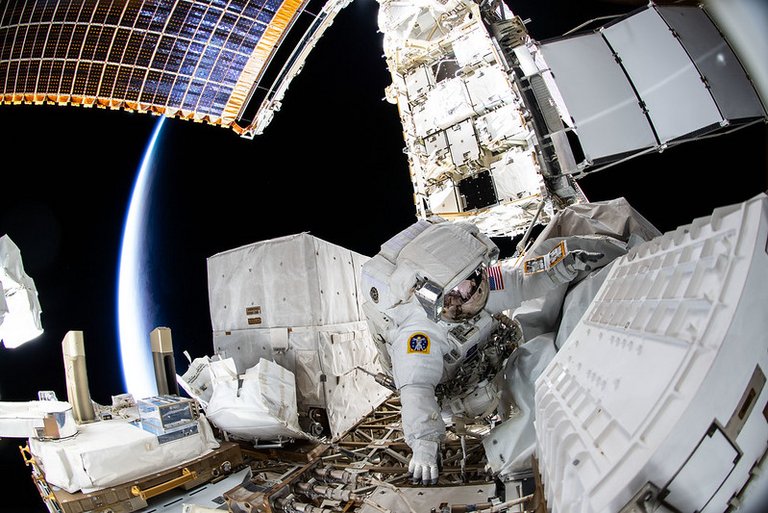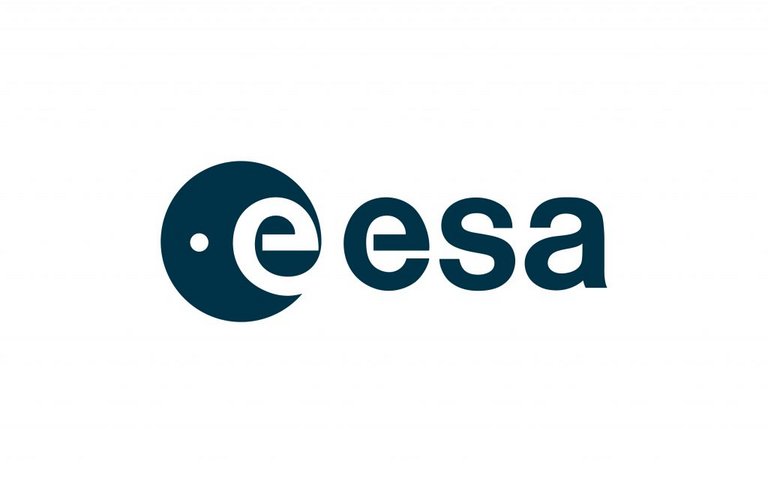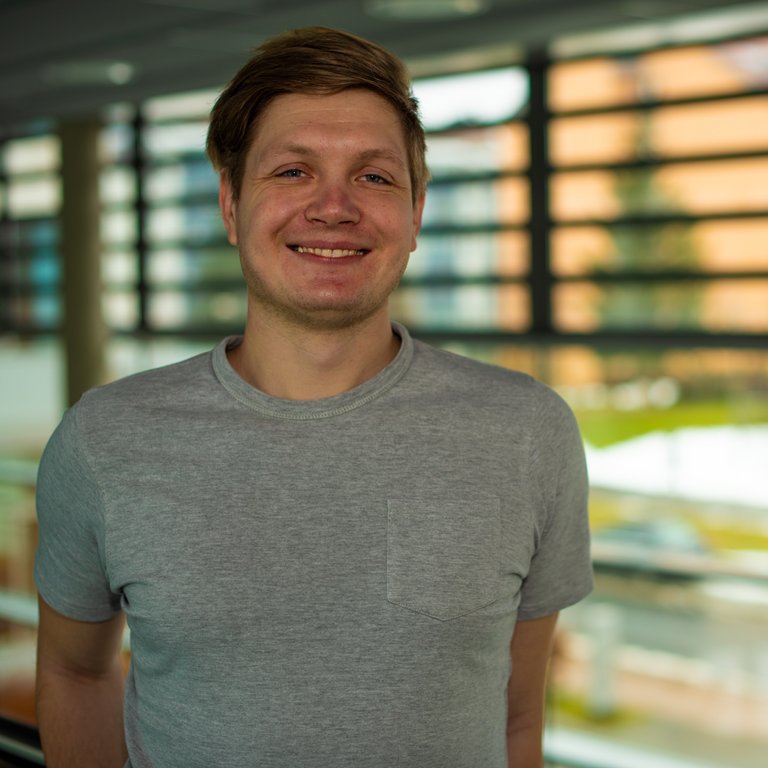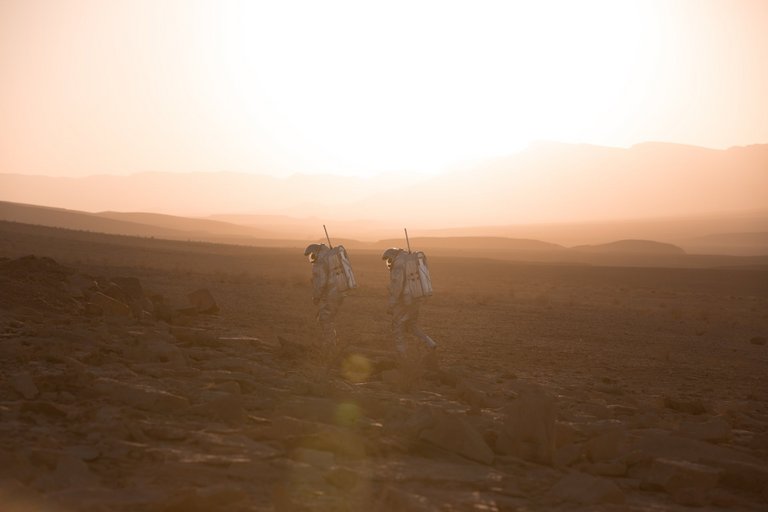TU Ilmenau wants to make working in space easier and safer for astronauts, cosmonauts and taikonauts. In the interdisciplinary research project AVSPACE: Audiovisual Feedback to Augmented Manual ActivitiesDuring Space Walks, which is funded by a program of the European Space Agency (ESA), researchers from the Groups of Virtual Worlds and Digital Games and Electronic Media Technology are developing an Earth-like spatial audio environment that, in combination with visual augmented reality elements, is intended to help space travelers orient themselves better in space. The project, which is based at the I3TC - Ilmenau Interactive Immersive Technologies Center, started on October 1 and is limited to a duration of one year.
In cooperation with ESA: Scientists aim to create Earth-like audiovisual environment in space

Space is completely noiseless and soundless. If you were to speak there, your own voice would have no sound. The same applies to sounds such as those of a cordless screwdriver when repairs need to be made to the spacecraft. The lack of audio feedback poses a challenge for people in space, because without sounds it is more difficult for them to recognize whether, for example, a screw is engaging and has therefore been correctly attached. The work in the spacesuit, in which the space travelers can only see to a limited extent and are disconnected from the outside world, makes things even more difficult.
In the AVSPACE research project, scientists at the TU Ilmenau are therefore using a technology combination of spatial hearing via headphones and visual augmented reality to simulate sounds and additional information during selected activities in space and thus artificially generate audiovisual feedback.
Augmented reality for orientation
The augmented reality elements that will be used in space are being developed at the Virtual Worlds and Digital Games Group. The researchers want to integrate visual elements such as colored markings, texts or status information into the real environment using AR glasses, as project manager Dr. Tobias Schwandt explains:
The AR elements support the astronauts in orienting themselves. For example, their walking routes could be indicated with arrows or certain tasks could be guided via text. The combination of AR technology and spatial sound helps astronauts find their way around in space better and is also forward-looking for other applications.
The audio feedback, which is being researched at the Electronic Media Technology Group, is intended to make it easier for astronauts to perform tasks such as maintenance work more precisely in the future and to avoid errors, as Dr. Stephan Werner, acting head of the Department of Electronic Media Technology, explains:
We are creating an audio illusion that creates a familiar environment and thus increases situational awareness of one's surroundings. In this way, we support the astronauts during spacewalks, give them security and reduce the stress they are exposed to in space.
User tests with astronauts
After one year of project duration, both technologies are to be tested in combination with each other for several application scenarios and then used for the first time on Earth in user tests with ESA employees - that is the goal of the project partners. Subsequently, further areas of application for the audio and video system could be developed, for example for activities in complicated environments such as underwater or for maintenance and servicing work on machines or locations that are difficult to access. In addition, the system could also be used for missions to the moon or Mars in the future, according to the scientists vision.
Key data:
Title: AVSPACE: Audiovisual Feedback to Augmented Manual Activities During Space Walks.
Project duration: October 1, 2022 to September 30, 2023
Project partners: TU Ilmenau, European Space Agency (ESA), European Astronaut Center (EAC)
Collaborators: Dr. Tobias Schwandt (project leader), Gunjan Kumari, Dr. Stephan Werner, Dr. Florian Klein, Georg Stolz, Annika Neidhardt
Contact
Dr. Tobias Schwandt
Virtual Worlds and Digital Games Group




